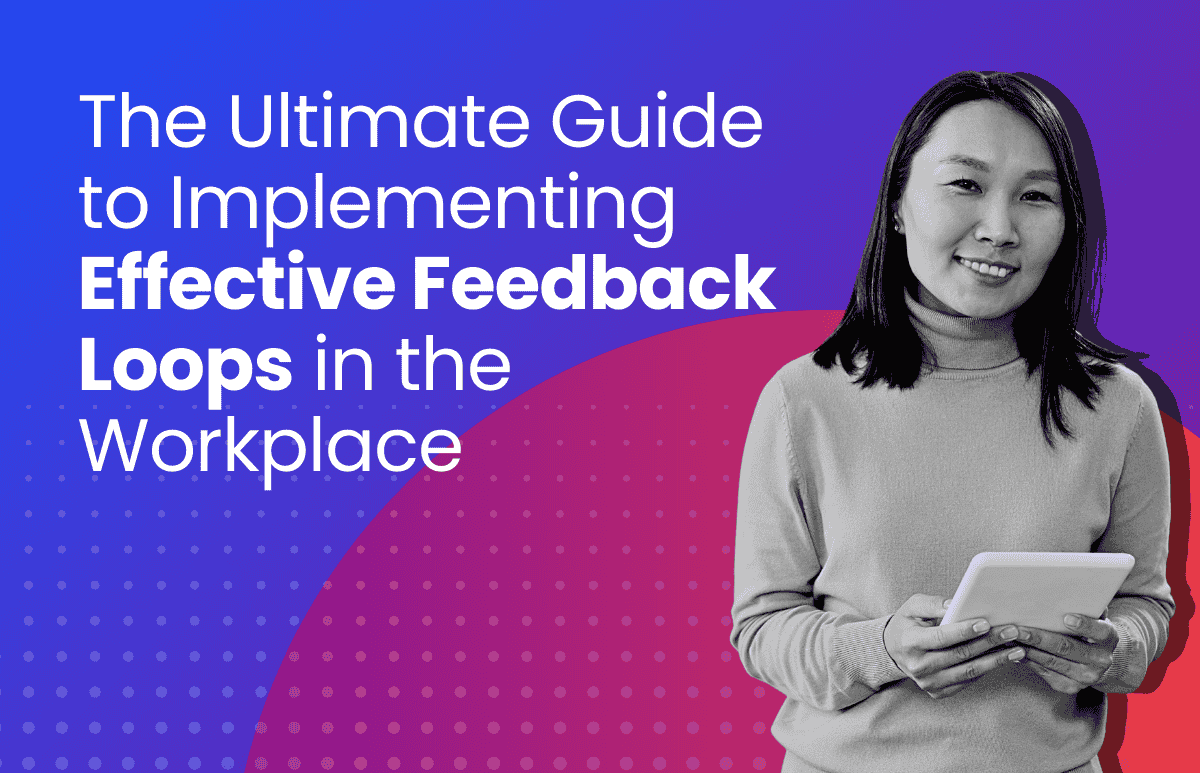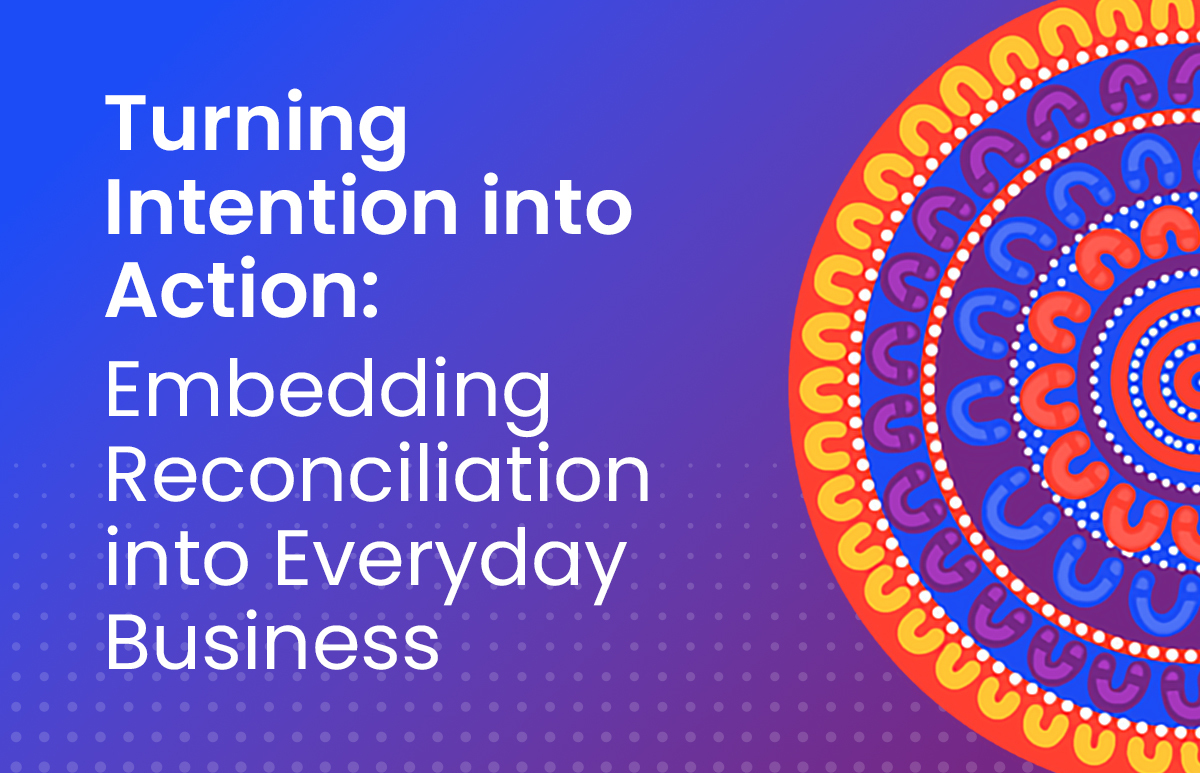2024 HR Trends: Tackling Pay Transparency and the Gender Pay Gap

Women’s participation in the workforce still lags behind that of men’s, despite recent advances when it comes to issues such as paid parental leave and flexible work policies.
With women still shouldering the bulk of the burden of care in the home, it can be tough – but necessary – for organisations to adjust their approach when it comes to attracting and retaining women to the workforce.
According to the Australian Bureau of Statistics, the most common reason for women to be unavailable to start a job or work more hours is that they are caring for children. The same study found that over half (51%) of women think the ability to work part-time hours is “very important”.
The importance of increasing women’s participation in the workplace (including transgender women and people who identify as non-binary) was one of the topics covered in ELMO’s recent panel discussion, Shaping the Future: 2024 HR & Recruitment Trends.
Sunita Gloster, AM, moderated our expert panel of thought leaders:
- Emily McLeod, co-founder and director of WOW Recruitment
- Kate Wikinson, ELMO Software’s Chief People Experience Officer
- Keegan Luiters, team performance and leadership expert.
Pay Transparency and the Gender Pay Gap

Why is it important to attract women? What the data tells us
When it comes to business, decisions about priorities often come down to data and the bottom line. While evening out any gender imbalance in the workplace might sound like the right thing to do, our panel talked about the solid data behind why businesses should prioritise attracting and retaining women in its workforce.
A recent BlackRock survey found that businesses that have a gender balance among their workers are doing better across the board than those that don’t. What businesses should be striving for, according to the report, is a diversity “sweet spot”.
The report found that companies with the most diverse workforces outperformed their country and industry group peers with the least diverse workforces by an average of 29% per year.
In the panel discussion, Kate said that requiring more robust reporting around gender balance in representation and pay is making a measurable difference for ELMO.
“Within ELMO, we used our remuneration module this year and enhanced our remuneration framework,” she said. “We had a really strong, robust framework in conjunction with the technology and we moved the needle in a positive way for our gender pay gap.
“So the data and analytics that came through from that was really helpful.”
ELMO’s powerful analytics tools help HR leaders to understand their workforce, with pre-built dashboards to track key metrics and custom reporting tools to dive deeper into the numbers, providing actionable insights that enable them to make informed decisions that drive meaningful impact. Whether you’re just starting out with HR metrics or have been relying on data for some time, ELMO is customisable to suit your needs.
Recruitment trends to attract women to the workforce
The first obstacle the panel tackled in this discussion was that of attracting and recruiting women in the first place. Emily said that research WOW conducted recently identified three trends that will help businesses attract women:
- Work-from-home policies
- Flexible work options
- Work-life balance.
“Two thirds of Australians have the preference to work from home,” said Emily. “That’s what came through in the data, and the third that don’t have that preference are in roles where they actually physically need to be on site, so there is a need for their physical presence. So, what we’re seeing is that a work-from-home policy is becoming non-negotiable for businesses that can offer that option.”
Emily also said that 75% of Australians work from home at least one day a week, with the majority working two days from home.
“And then, of the highly satisfied employees that we saw in our report, 87% of them have the opportunity to work from home at least once a week,” she said.
The common thread that ties those three trends together is that they’re important to women, because women are still more commonly acting as a caregiver at home. The Department of Prime Minister and Cabinet reported in December 2021 that, although 54% of families report the main person caring for their children is a woman, and 40% say they share the care, only 4% of families report the main caregiver as a man, and when asked who plans the children’s activities, 78% reported it was usually or always the woman.
“[Women] have the appreciation for that flexibility or for the work-from-home or the work-life balance,” said Emily. “We are seeing companies who can offer that…are the ones who are able to attract and retain, not only the broader workforce, but women especially.”
What is the main challenge for businesses trying to address the gender imbalance?
With compelling evidence that having a gender-balanced workplace is optimum for businesses’ performance, the panel then moved onto the question of why changes aren’t happening more rapidly.
Keegan Luiters said that it all comes down to how imbalance is being addressed.
“The differentiator is the experience that you give the people from different backgrounds,” he said. “If you really want to make the most of a diverse team, it’s not enough to … say, ‘Oh, you’re here’. You’ve got to include and engage them; and that is the challenge.
“The real challenge is people acknowledging that part of the job is having a diverse team, but engaging that team and including that team and leveraging all of the skills, experience, capabilities, perspectives of those teams is the challenge – and that’s hard at pace.”
It’s that need to engage and change a culture while also having expectations that you’ll continue to deliver at the same speed as you always have that Keegan said he sees as the biggest obstacle for many businesses.
“That is probably at the crux of that challenge,” he said. “I would say that the pressure that leaders and teams feel to get stuff done and to do stuff at the same time as we’re asking them to do things differently, and that the teams that do that just fly.
Keegan said teams need to slow down in the short term in order to speed up and do better in the longer term.
“It is that belief – that commitment – that this is worth doing,” he said. “It’s thinking: ‘If we get this stuff right, we will have a different trajectory from here’.
Great ideas in practice
To finish off the discussion about how businesses can increase women’s participation in the workforce, Sunita asked the panel to share real world examples they’ve seen of businesses taking steps towards gender parity that are actually working.
The panel shared these ideas:
- Networking: “Women typically need a different type of networking, and the traditional old networking models don’t always work for women,” said Keegan. “And so creating, designing, co-designing networking opportunities for the women in your workforce can help you attract, retain, and develop.”
- Mentoring: “We’ve created Women at ELMO,” said Kate. “It’s a committee, and its function is to empower women in the workplace – not just internally, but externally. We want to mentor, we want to receive mentorship. We’ve got goals in place to really support that.
- Pay equity policy: “Companies that have a good gender equity pay initiative where they actually promote that and they do constant reviews – we’ve seen do well through our clients,” said Emily.
- Strong parental leave and returnship policy: “When I say parental leave, I mean as equitable as you can possibly make it between maternity and paternity leave,” said Emily. “The more equitable it is – that’s the only way you’re actually going to achieve any equity. So, similar in length, ideally, and then a returnship program. How are you making it attractive for your women to come back to work? We’ve seen companies do bonuses upon return, bonuses staggered across six months upon return, mentorship programs when they return, support when they return, but some sort of returnship program, and then add it to your employer brand and advertise it.”
If you’ve enjoyed this content and want to see more like it, subscribe to our newsletter for first-look access to our free research, blogs and resources.
 HR Core
HR Core 









